Road Tripper: A blast to the past in Amana, Iowa
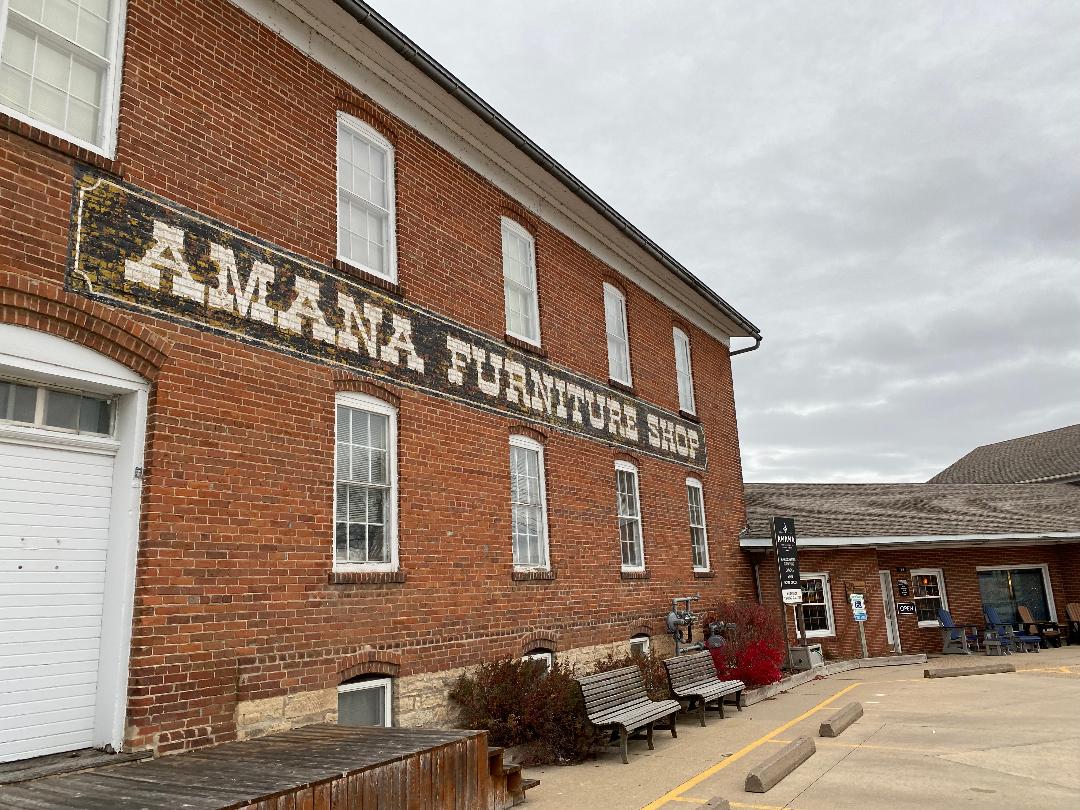
Situated in the Iowa River valley 25 miles northwest of Iowa City, the seven Amana Colonies are more than just another National Historic Landmark.
Occupying 26,000 acres of rolling farmland, forests, and vineyards, Amana is, perhaps, the world’s geographically-largest church.
Amana (which means “remain true” and is taken from the Bible’s Song of Solomon) was established in the mid-1800s when more than a thousand members of the Community of True Inspiration migrated to east-central Iowa. There, they established what would become America’s longest-lived communitarian society.
Not to be confused with the Amish, the Community of True Inspiration originated in Germany in 1714. In 1843 after years of religious persecution, members of this Christian sect pooled their resources and immigrated to the United States, purchasing 5,000 acres of land near Buffalo, New York.
Once in New York, the Community embraced a way of life reflecting its core beliefs. In addition to rigorous Bible study and prayer, church members freely committed themselves to a level of communal living that is nearly impossible to grasp in today’s individualistic Western world. Virtually every detail of life was proscribed, from where one lived, to the work one did, to how one worshiped God.
A Multi-generational Utopia
Unlike some Utopian communities that insisted on total celibacy and soon died out, the Community of True Believers did permit marriage—albeit, with a few strings attached. Because marriage was seen as spiritually inferior to the single, presumably celibate life, engagements were allowed only after a couple submitted to intense scrutiny by church elders. After a year of separation, a couple was finally permitted to wed. Divorce was never allowed.
Despite stringent rules and low regard, marriages did happen and outsiders sought to join. The Community grew so quickly that within a decade, more land was needed to provide for its members. Escalating land prices in New York made expansion there untenable, so the Community began searching for more affordable land “out west.” Eventually, members chose to relocate to Iowa.
The first Amana colony, High Amana, was established in 1855. By 1861, six additional colonies were established about one mile apart from each other.
Communitarianism in Practice
For more than 80 years, the seven Amana Colonies thrived. Its members worked in (and were supported by) Church-owned farms, breweries and vineyards, and artisan businesses including furniture- and clock-making, a woolen mill, basket-weaving and broom-making, and more.
At age 2, toddlers were assigned to Community daycare. From ages 5 to 14, children attended a six-day-a-week, year-round Community school. After graduation, they were assigned jobs. Each year, a few boys were chosen to attend the university to become teachers, doctors, and pharmacists for the Community.
Church members did not receive wages for their labor, nor did they need to. Everything—housing, education, medical care, and all necessities of daily life—was provided. Even meals were communal affairs, with each Community member assigned to eat at one of the 50 Community kitchens.
In addition to meal-times, Community life centered on worship. Members gathered for 11 church services each week.
The End of an Era
With farm prices plummeting during the Great Depression and growing resistance from younger church members, the Community of True Inspiration decided to disband its communitarian way of life in 1932. The Community formed the Amana Society, Inc. to oversee Church-owned businesses. Each member was granted shares and left to learn to follow Church beliefs in an increasingly secular world.
Although the Amana Society continues to operate once-communal businesses, it has made some notable changes in recent years. Among them, the building that long housed the Amana Woolen Mills has been transformed into a trendy, upscale hotel with a whisky-tasting room, bar, and restaurant. An apparent commercial success, the hotel is booked three months out during the high season, from spring till the second week of November.
Amana Today
We make the two-and-a-half-hour drive to Amana on a cold and grey Saturday, arriving in High Amana in time for lunch. Family members we are meeting text us to join them at the Millstream Brau Haus. (Until recently, the Brau Haus was the Colony Inn, established in 1934 by a long-time Amana entrepreneur with money made from boot-legging (his grandson later tells us).) Our waitress, a fifth-generation Amana resident, shares stories about her life in the Colonies.
The beer selection is fantastic, with flights available for patrons who can’t decide on just one. The menu is what you’d hope for in a German bierhalle: brats with kraut, a variety of burgers (including one with a Reuben on top), potatoes galore, sweet-sour red cabbage, and what could be the best whole wheat pretzel in the world with grainy German mustard.
After lunch, we check in to an impeccably clean and hospitable guest house operated by a Sikh family from Punjab, India. After a warm greeting and conversation, we bundle up for a marrow-chilling walk down High Amana’s main street, 220th Trail.
Beyond being a living museum with Community buildings dotting its path, 220th Trail now includes a variety of shops. Among them are a long-standing, Society-owned General Store that boasts an impressive Christmas emporium; privately-owned specialty food shops selling everything from hand-made chocolates to baked goods to gourmet popcorn; upscale boutiques; art shops, and an eclectic moccasins-lace-knives-fudge shop that promotes and sells concealed-carry women’s handbags.
Sadly, we arrive at the Amana Heritage Museum and Book Store at the far end of 220th Trail just 10 minutes before its 4 p.m. closing. There’s just enough time to buy a book on the history of Amana and to be regaled by the volunteer–a fourth-generation member of the Community (who tells us his boot-legging ancestor founded the Colony Inn with profits made selling product in Chicago’s Prohibition market).
Furniture Dreams
Making our way to the opposite end of 220th Trail, a distance of three-quarters of a mile, we arrive at one of our favorite destinations, the Amana Furniture Shop. My husband-to-be and I visited there a year and a day before our wedding. I remember wondering whether we’d ever be able to afford even one piece of the simple, beautifully hand-crafted furniture. (We received a walnut Amana rocking chair for a wedding present.) Although many of the Colonies’ furniture-making businesses have closed in recent years, the Society-owned Amana Furniture Shop continues to operate. Today, it employs 10 artisans, who make furniture to a customer’s specifications out of walnut, cherry, and other hardwoods.
Tired after a beer-imbibing lunch and a walk in the November chill, we return to our guest house for an hour’s snooze before venturing out to walk to a nearby restaurant—a long-time favorite. Not surprisingly, hearty and classic German fare dominates the menu: beef roulade, sauerbraten, various schnitzels and sausages, spaetzle, and hearty bread. Meals are available family-style, with all-you-can-eat potatoes, various cabbage dishes, pickled beets, green beans, cottage cheese, and extra gravy. Excellent beers and wines are a given.
An Enduring Spirit
Before leaving Amana early the next day, we make our way to the former Amana Woolen Mills for an early breakfast and—more importantly—to check out the renovation. Today, the building houses nearly 70 hotel rooms. Only elements of the décor and the gift shop (which sells traditional Amana blankets and shawls) hint at the mill’s proud and bustling past.
We leave Amana by mid-morning, nostalgic but nevertheless enveloped in its spirit of hospitality, generosity, and warmth—even 90 years after it shed its communitarian roots. We do not know if, or when, we’ll be back, but we trust the Community spirit will continue to endure.
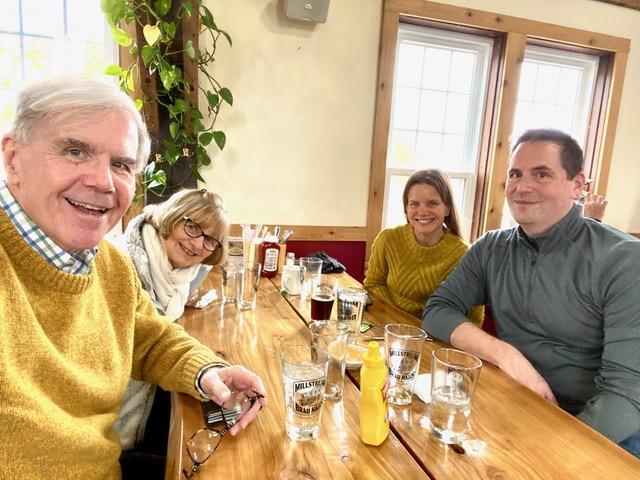
High Amana Brau Haus, a dream destination for craft beer and a place to enjoy it. 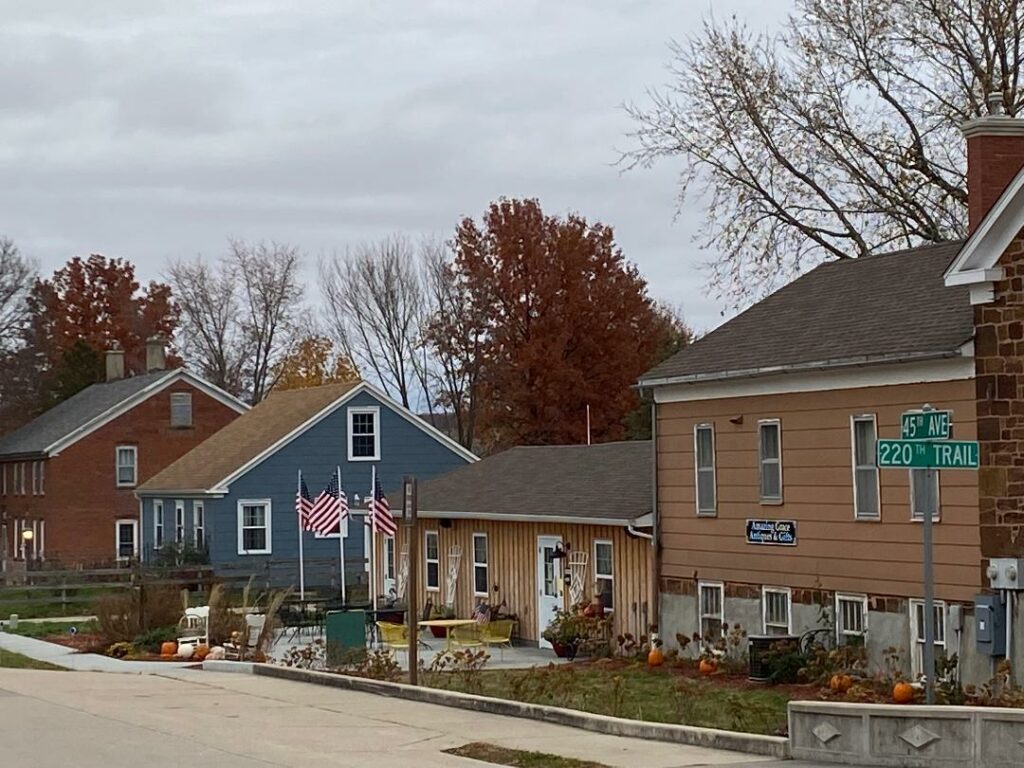
Beyond being a living museum with Community buildings dotting its path, 220th Trail now includes a variety of shops. 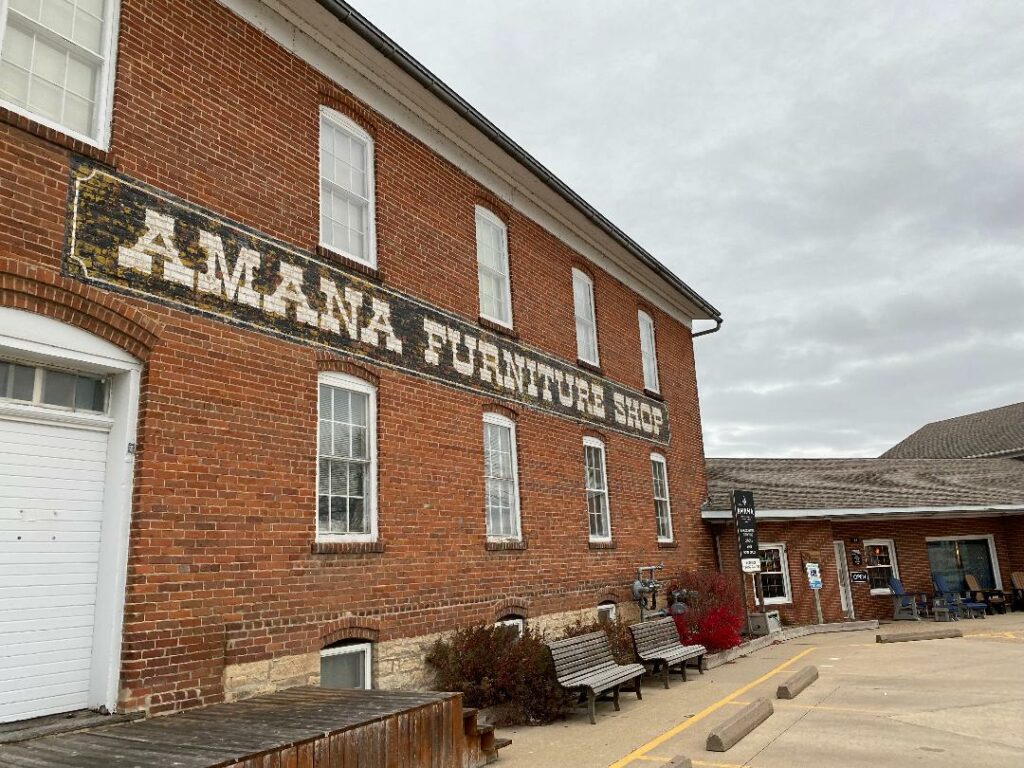
Today, Amana Furniture employs 10 artisans, who make furniture to a customer’s specifications out of walnut, cherry, and other hardwoods. 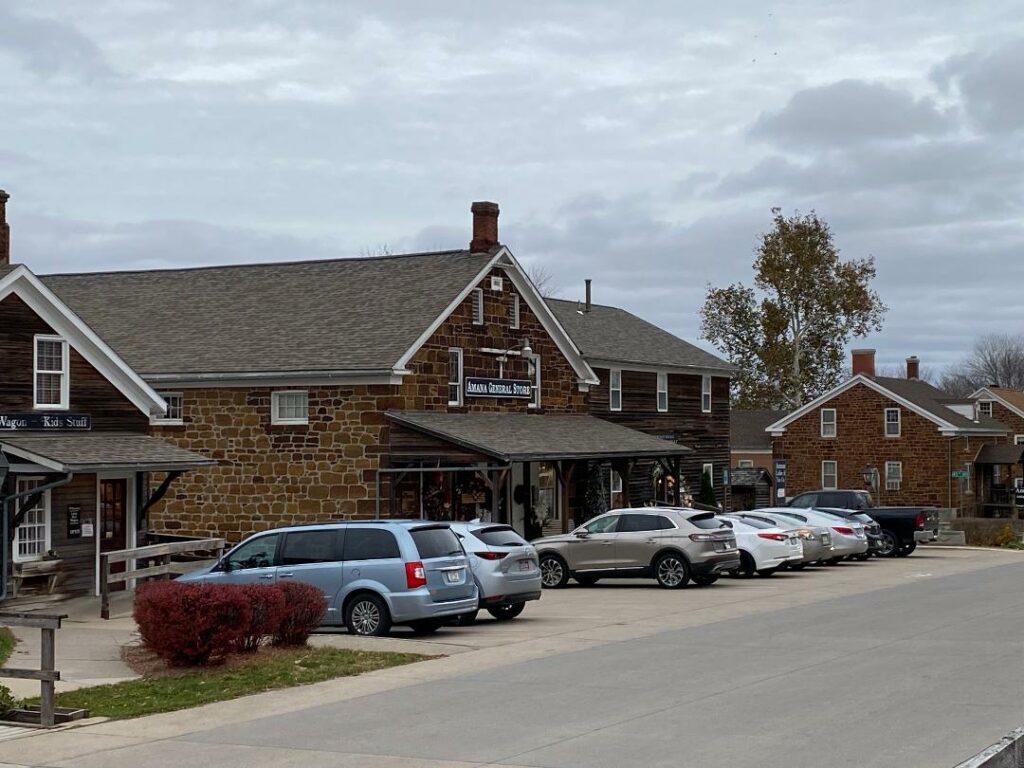
Amana has a spirit of hospitality, generosity, and warmth—even 90 years after it shed its communitarian roots. 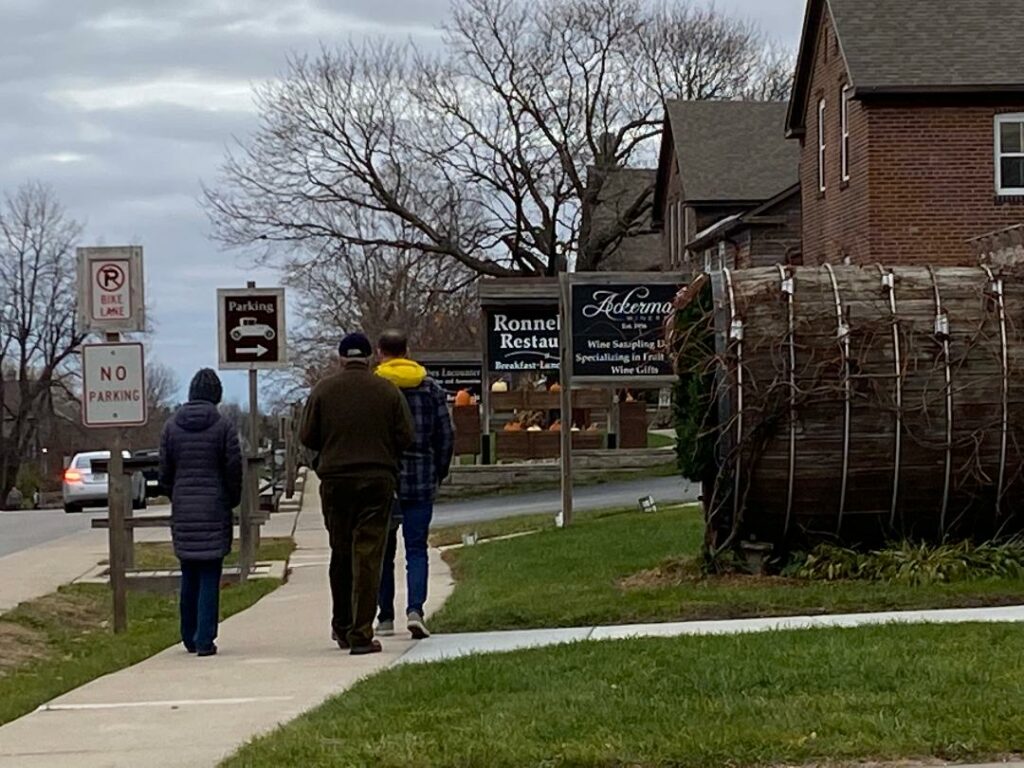
Walks are needed following delicious German food and beer.

Martha Brune Rapp served as senior manager of strategic communication for Harris Corporation’s Broadcast Communications Division. Called to ministry in 2005, Rapp received a doctorate in preaching in 2018. She is a certified spiritual director and author. Her first book, “Conversations with Benjamin: A Spirituality of Preaching that Heals,” was published by Wipf and Stock of Eugene, Ore., earlier this year.
Miss Clipping Out Stories to Save for Later?
Click the Purchase Story button below to order a print of this story. We will print it for you on matte photo paper to keep forever.

